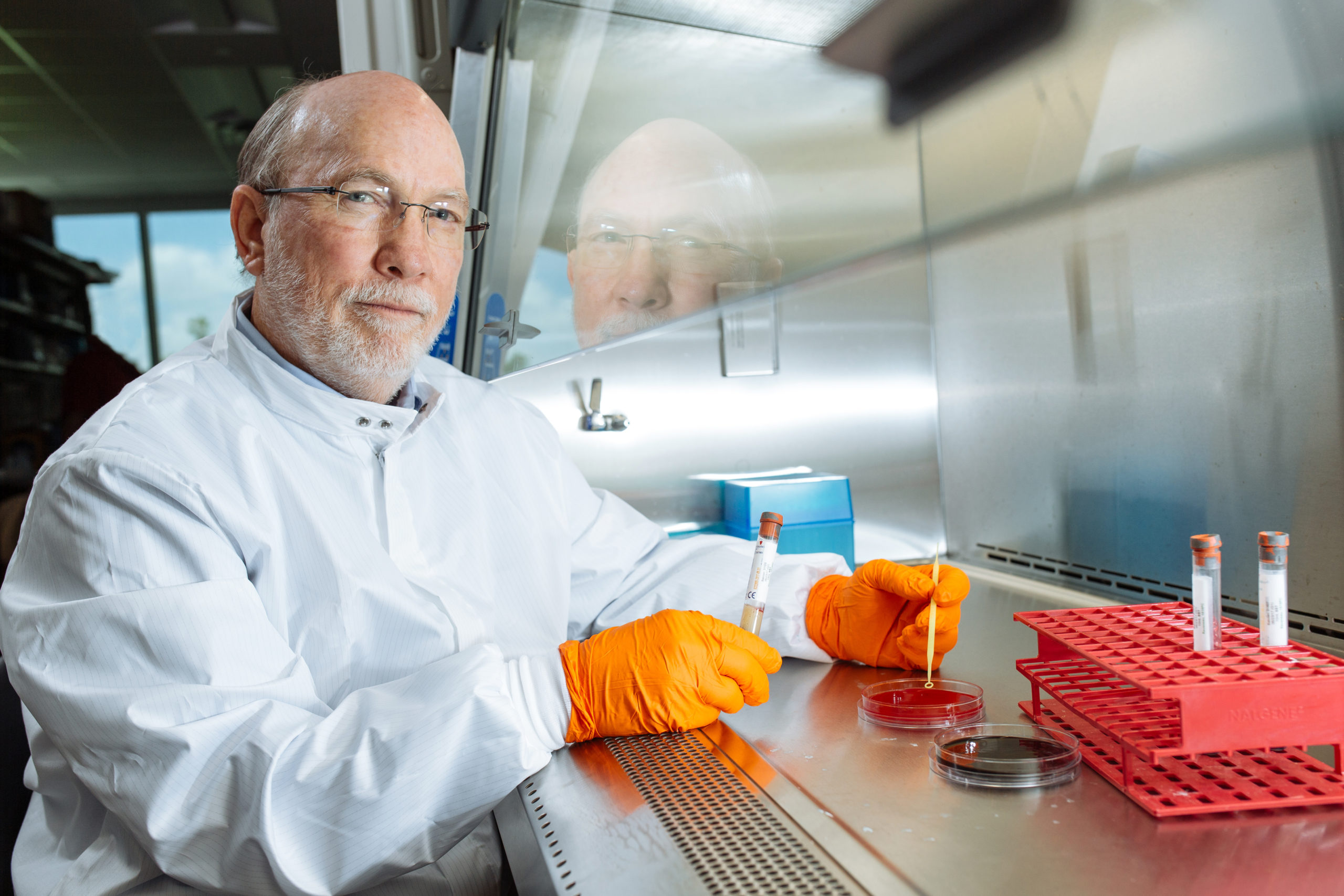The Texas Biomedical Forum is an independent, non-profit association dedicated to promoting the life-saving work of Texas Biomed. The Forum sponsors one-year pilot projects that help scientists prove concepts that can lead to subsequent and often significant federal funding of research. In the last thirteen years alone, the results of funded studies have led to additional grants amounting to an estimated $55 million.
This year, the Forum provided more than $400,000 worth of grant monies to scientists at Texas Biomed, and thanks to support from the Douglass Foundation, the Forum was able to offer grants to two graduate students, as well. The 2017 Forum grant recipients in the scientist, postdoctoral scientist and graduate student categories are:
Scientists
Eusondia Arnett, Ph.D.
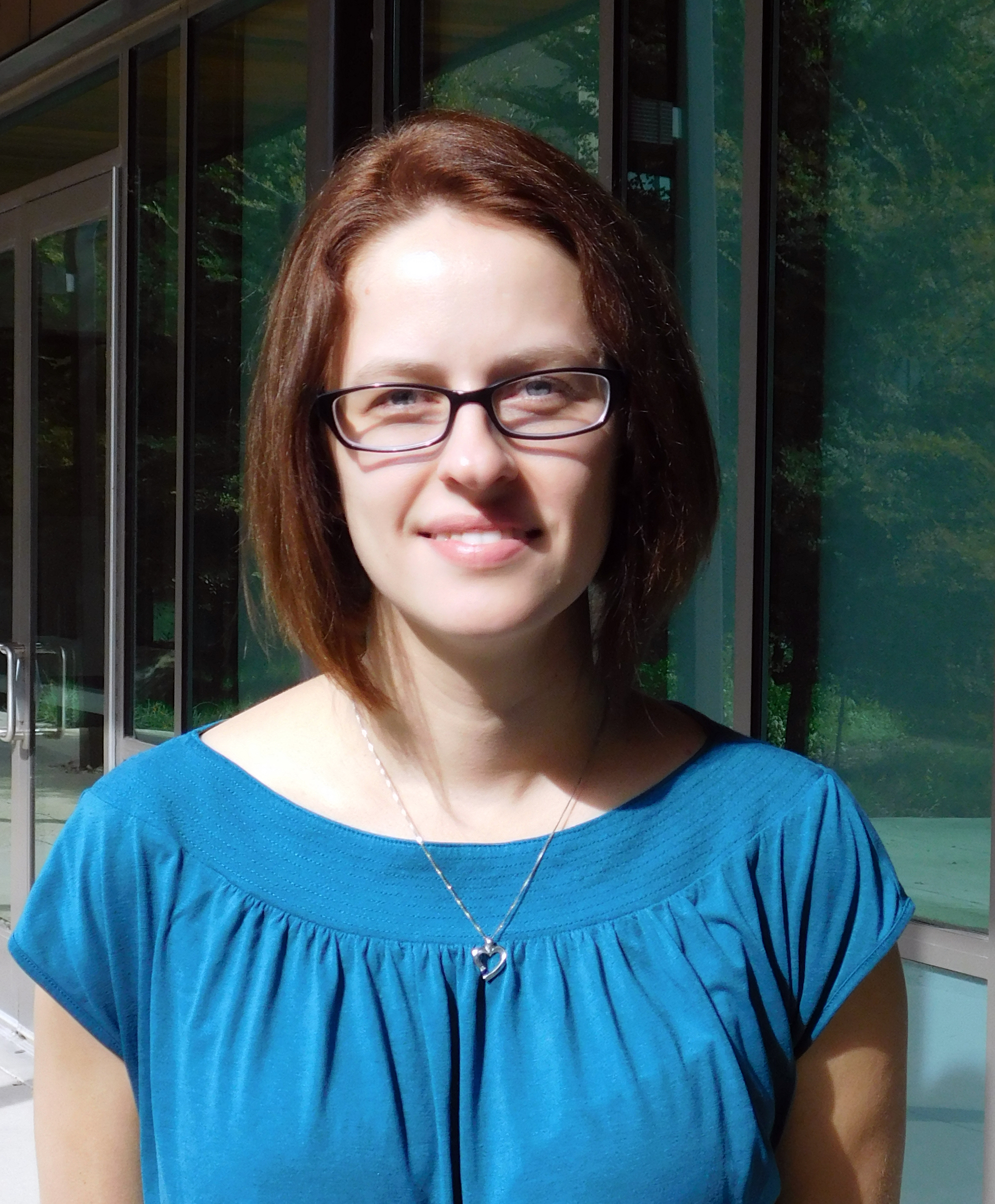
People living with HIV are 30 times more likely to develop active TB than those without TB. Dr. Arnett seeks a clearer picture of the body’s immune response during co-infection. This project will use a novel model to study the lesions in the lungs of tuberculosis patients — called granulomas – and determine whether HIV drastically alters their formation and the body’s immune response to the bacteria which can cause TB.
Abul Azad, Ph.D.

Drug-resistant strains of tuberculosis are on the rise, making the fight against the disease more difficult. Dr. Azad’s research targets the discovery and development of novel anti-TB drugs. His team will be testing molecules from a new class of compounds – which were developed for other purposes — in mouse models to see if these drug candidates are active against susceptible strains of TB as well as those with different resistance profiles.
Alberto Muniz, Ph.D.
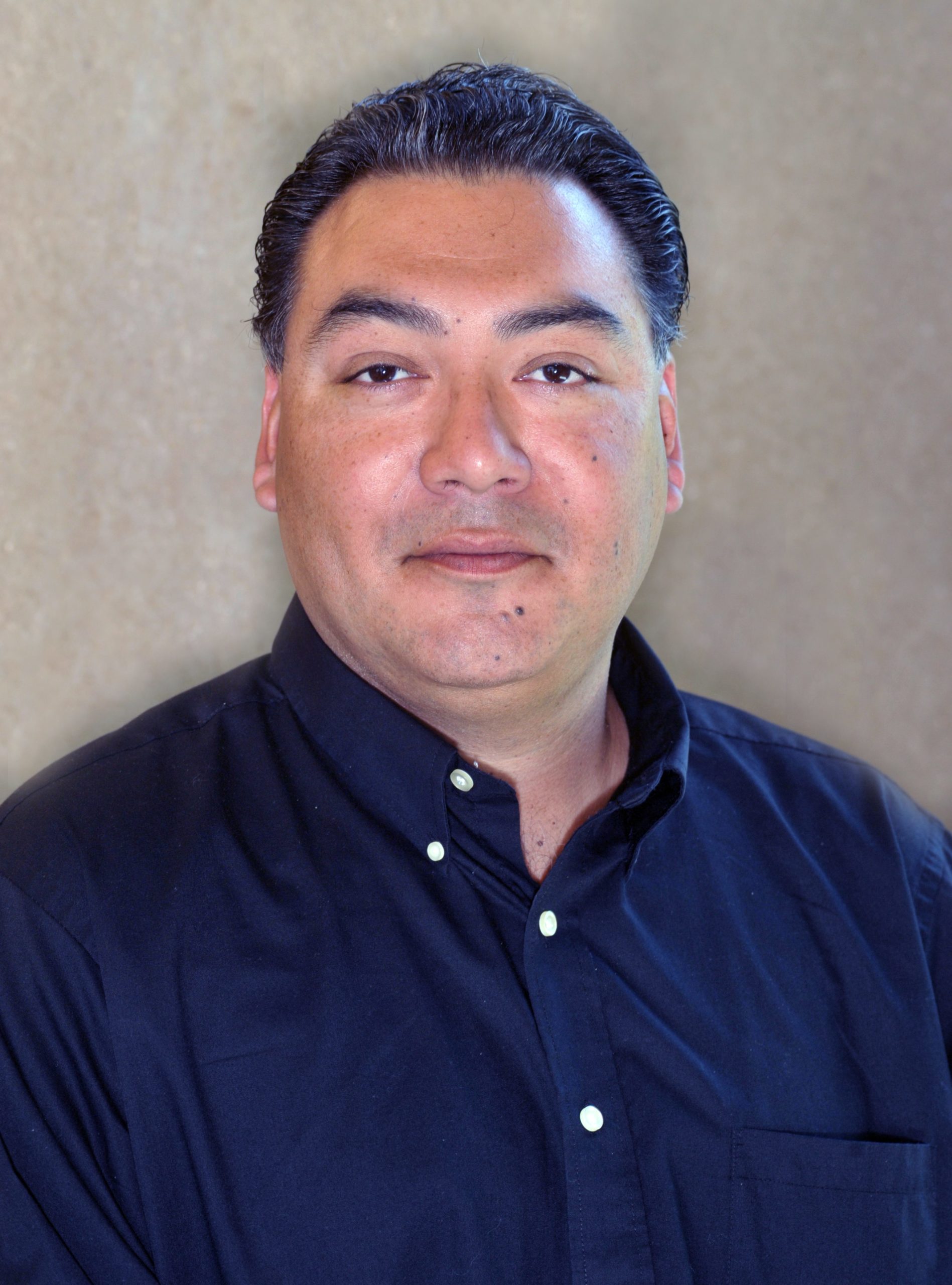
Diseases like age-related macular degeneration and retinitis Pigmentosa are a leading cause of blindness. Previous studies in rodents showed that transplantation of specialized cells into the retina can preserve vision. Dr. Muniz wants to expand on that research using non-human primates, specifically baboons. The implanted cells will be labeled with a fluorescent marker so scientists can visually track how their experiment is progressing.
Olena Shtanko, Ph.D.

Ebola hemorraghic fever is a sever, often fatal, human disease with no approved therapeutics. The diseases is caused by a virus that gains access into cells using a process called micropinocytosis, a process in which a large fluid-filled sac is pinched off from the cell membrane and brought into the interior of the cell. Using human cultures, Dr. Shtanko will be studying how this process is regulated in cells important for disease progression. The ultimate goal of the project is to find a way to inhibit micropinocytosis and therefore block virus infection.

The respiratory disease tuberculosis kills one person every 21 seconds. Dr. Torrelles’ research focuses on the lung mucosa (lining of the inside) and how that internal environment impacts the control of propagation of the bacterium that can cause a TB infection. Using both donated human lung samples and mouse models, Dr. Torrelles’ aim is to determine what lung biomarkers may determine which people are more likely to become infected with TB, with the ultimate goal of finding new ways to intervene.

Science has no good way to determine when someone was infected with M. tuberculosis or Mtb. That lack of knowledge is a roadblock to developing improved diagnosis or treatment of the disease TB, as well as a better understanding of the disease in humans. Dr. Turner’s research goal is to develop a genomic methodology to predict how long patients were infected with Mtb. Her lab work will focus on a proof of concept using an established mouse model.
Post-doctoral scientist
Bianca Borchin, Ph.D.
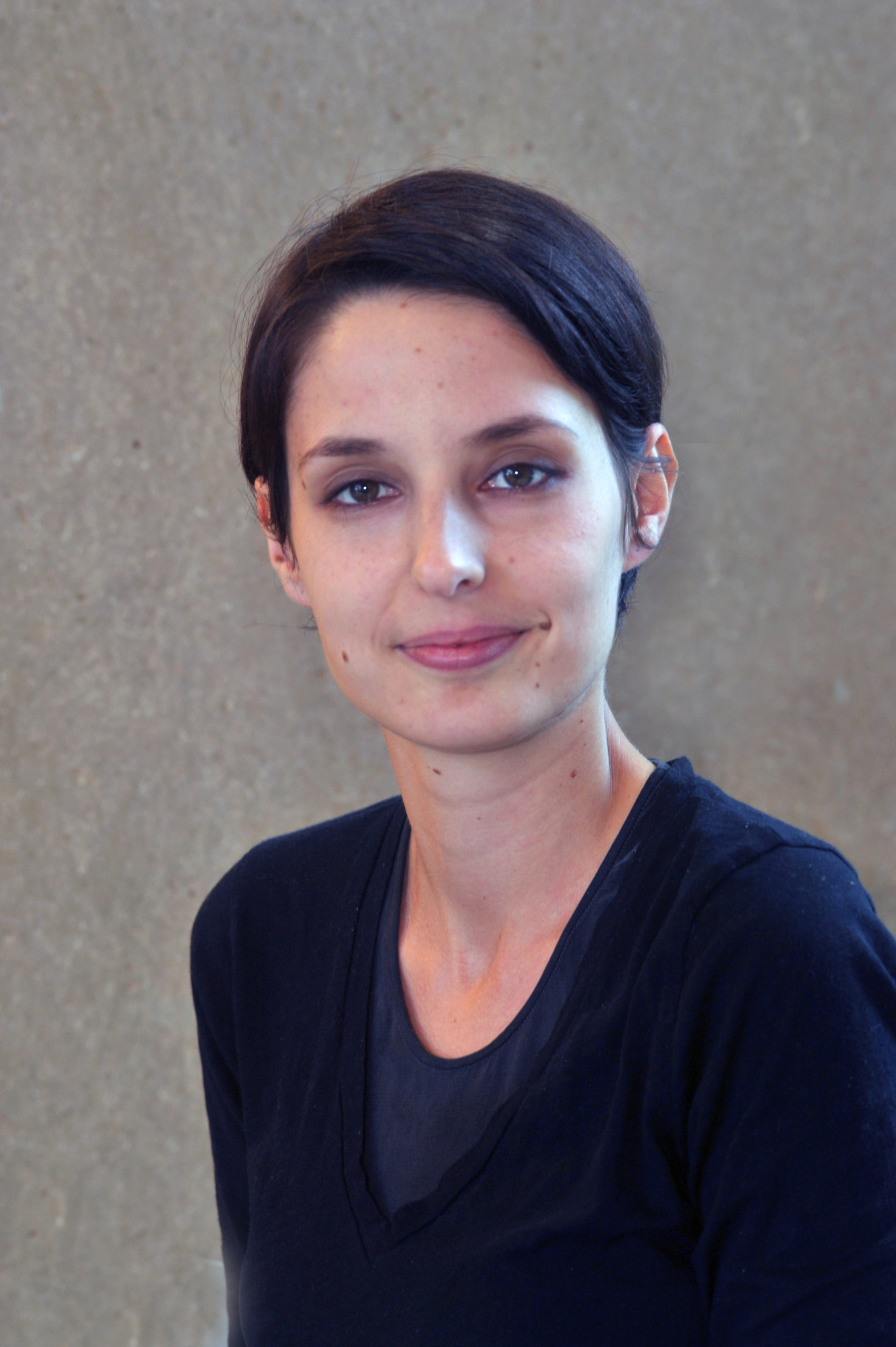
Human pluripotent stem cells (hPSCs) are primitive cells capable of producing any cell of any tissue in the body. However, propagating muscle cell precursors in the lab has been largely unsuccessful. Dr. Borchin is researching ways to establish a better culture system to extend the life span of these important in vivo models. By transplanting these cells into a mouse model, Dr. Borchin will focus on ways the cells might someday be used as therapy for muscle wasting and atrophy that can results from medical conditions and trauma.
Graduate Students (supported by the Douglass Foundation)
Becky Bricker

Bricker’s research focuses on answering questions that could lead to the development of stem-cell based therapies for diseases of the eye and olfactory tissues. Her long-term goal is to treat age-related deterioration of tissues. Bricker says the dream would be to develop cell-based therapies to treat complications like cataracts. In the lab, she will be studying the mechanism that makes stem cells become other cells — specifically for the ocular lens and the olfactory system.
Colwyn Headley
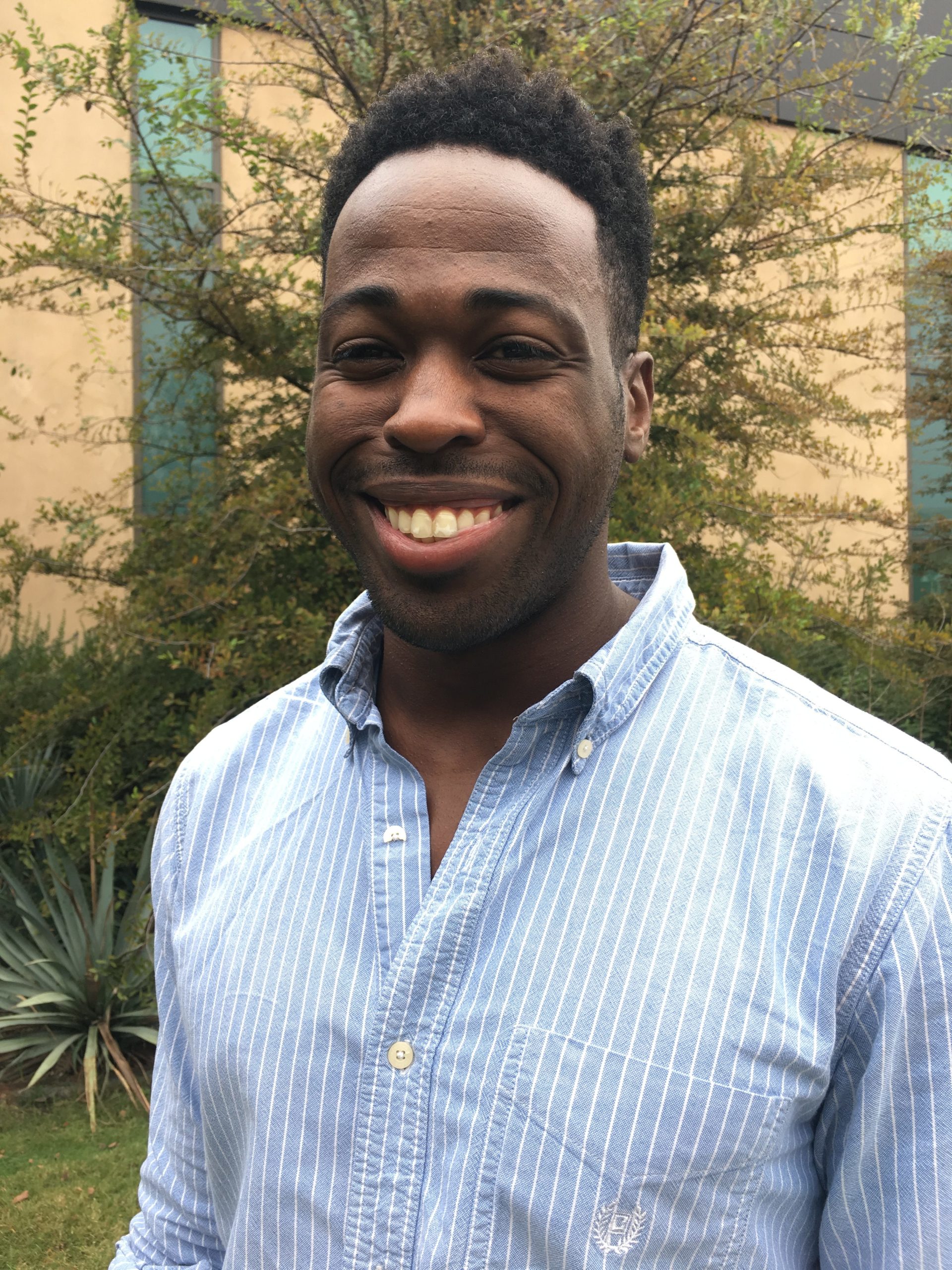
Tuberculosis is a major global health issue affecting as many as one in four people worldwide. As people get older, they are more susceptible to infection. Headley is investigating the hypothesis that chronic low grade inflammation associated with age may be at the heart of increased susceptibility to TB infection in old age. Using young and old mice, the lab will study how mitochondrial dysfunction impacts susceptibility, and whether any treatments might improve immunities of the elderly against TB and in general.
